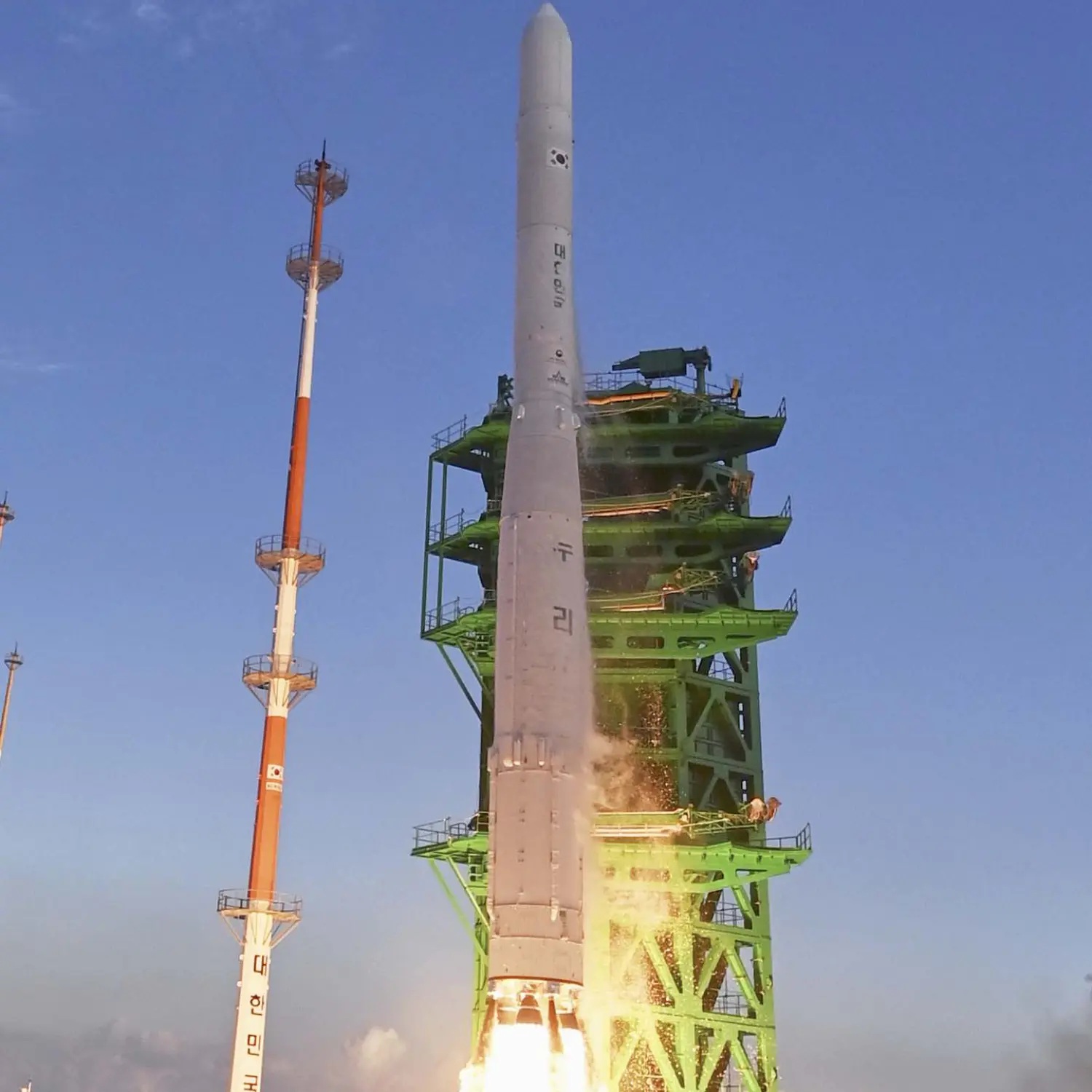/
NEXTSat-2 & Others
Launch Success
Liftoff Time (GMT)
09:24:00
Thursday May 25, 2023
Watch Replay
Official Livestream
Mission Details
Read Article
Lumir-T1
Cosmic Radiation Monitoring Cubesat to demonstrate cosmic radiation measuement and error correction features in space.
Sun-Synchronous Orbit
1 Payload
10 kilograms
KSAT3U
Earth Observation and Weather Monitoring Cubesat to observe weather phenomenon using polarization specificity and to demonstrate space debris removal technology
Sun-Synchronous Orbit
1 Payload
6 kilograms
NEXTSat-2
NEXTSat 2 is a microsatellite designed and developed at SaTReC (Satellite Technology Research Center) of KAIST (Korea Advanced Institute of Science and Technology) for a X-band radar technology demonstration.
Sun-Synchronous Orbit
1 Payload
180 kilograms
JLC-101-v1-2
Earth Observation Technology Demonstration Cubesat intended to acquire in-space verification images from the optical payload to verify the attitude control system in space.
Sun-Synchronous Orbit
1 Payload
4 kilograms
SNIPE A to D
SNIPE (Small scale magNetospheric and Ionospheric Plasma Experiment) or KASI-SAT (Korea Astronomy and Space Science Institute Satellite) is a South Korean mission for identifying temporal and spatial variation of small scale plasma structures in the ionosphere and magnetosphere. It is a constellation consisting of four 6U CubeSats operating in variable spaced formations from 10 km to 100 km. Each satellite carries Langmuir Probes measuring ionospheric plasma density and temperature, fluxgate magnetometers to reconstruct geomagnetic field vectors, and high-energy particle detectors diagnosing electron precipitation from the terrestrial radiation belt. During the mission lifetime of 6 months the SNIPE constellation will gradually change the inter-satellite distance and the flight formation, which is realized by cold gas thrusters onboard. The main target of the SNIPE mission is to resolve small-scale (<200 km) structures of ionospheric plasma and high-energy particles as well as the concomitant perturbations of geomagnetic field. The bus and payload data will be downloaded in the UHF and S-band frequencies. As a secondary and indirect data link to the ground, the SNIPE will also carry Iridium modules. According to the data received during payload separation, the SNIPE 3 satellite failed to deploy from the payload adapter and disintegrated along with the third stage of the rocket.
Sun-Synchronous Orbit
4 Payloads
40 kilograms
Launch Site
Stats
KSLV-2
3rd
Mission
1st
Mission of 2023
Korea Aerospace Research Institute
6th
Mission
1st
Mission of 2023
2023
77th
Orbital launch attempt

